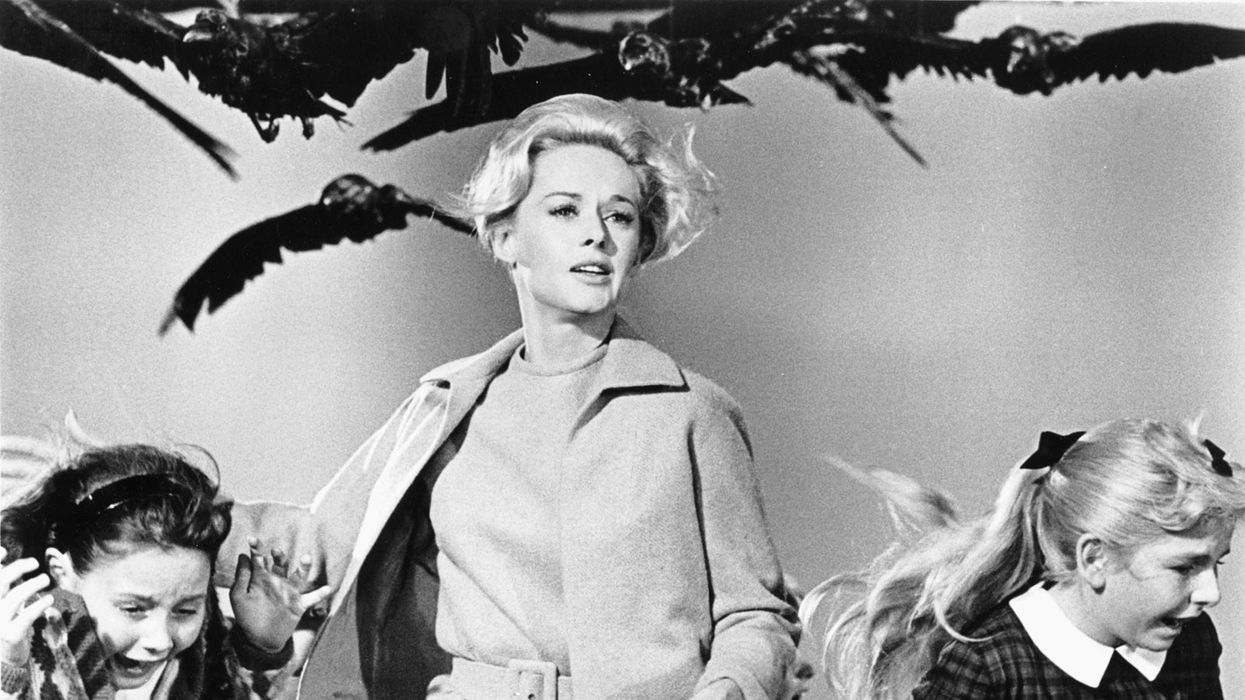Shooting Ratios, From Hitchcock to 'Fury Road' to 'Primer' (and What They Mean to You)
The "shooting ratio" of a movie is the mathematical relationship between the total hours of footage shot and the eventual runtime of the film.

The shooting ratio is one of the most important decisions a production can make. This is doubly true for an independent film with a low budget, like Shane Carruth's 2004 indie Primer. According to this graphic from our good friend Vashi Nedomansky via his blog, Vashi Visuals, the film had a ratio of 1:04 to 1, which means that for a film with a running time of 77 minutes, 1.3 hours (78 min) of footage was exposed. This means that the production used almost all of the footage it shot.

Since the DSLR revolution, shooting ratio has become less and less of a pressing concern for some filmmakers. The reason is simple: according to Kodak, as of February 1, 2016, a 1000' roll of KODAK VISION3 250D Color Negative Film 5207 costs $769.45; 1000' of 35mm stock, exposed at 24fps will give a filmmaker about 11 minutes and 6 seconds of footage (this online calculator is a useful tool for various formats and frames per second). A 400' of the equivalent Kodak stock in 16mm costs considerably less ($176.08) and yields the same amount of footage. Compare this to high-end digital video; for less than $100 you can buy an SD card that can be used continuously (the cost here is in storage increments rather than stock).
But shooting ratio is also determined by factors other than film stock and data storage. There are the lab fees, rental fees, day rates for the cast and crew, and everything down to craft services and beyond. Another consideration for movies shot on film is that, the lower the budget, the greater the percentage of that budget will be spent on film stock. On a film like Primer, whose initial production budget was $7,000, if 77 minutes were exposed, then about 7 rolls of 400' 16mm stock (exposed as Super 16) would have cost, in 2002 prices, in the ballpark of $135 a piece. That means the film spent about 13% of its budget on film stock. This worlds apart from a film like Fury Road, which cost about $150 million. A production shooting on film stock does have cheaper options, though, such as short ends and recans, which, though risky because they're secondhand, can drastically lower the cost.
"Alfred Hitchcock was known to have a 3:1 ratio so he could control the edit by leaving the studio with no other options."
According to Vashi: "In the Golden Age of Hollywood (1930-1959), it was normal to have a 10:1 ratio. A 90 minute feature film would have have shot roughly 25 hours of film. Certain directors like Alfred Hitchcock were known to have a 3:1 ratio so he could control the edit by leaving the studio no other options."
Hitchcock meticulously storyboarded his films before he shot them; there was no way for the studio to come in and change a film that had only one way to be edited. On the other end, a director like Stanley Kubrick was famous for his outsized ratios, sometimes shooting upwards of 80 takes. And effects-heavy movies like Fury Road will always, by necessity, have bigger ratios.
Shooting ratio is ultimately a big decision not only because it affects the budget, but also because it impacts the entire style of production. On a film with a ratio of 2:1, the amount of mistakes that can be made are significantly less than a film with a shooting ratio like Apocalypse Now, which clocks in at 95:1.
The more you know about shooting ratios, the better you'll be able to plan your movie.
Source: Vashi Visuals












